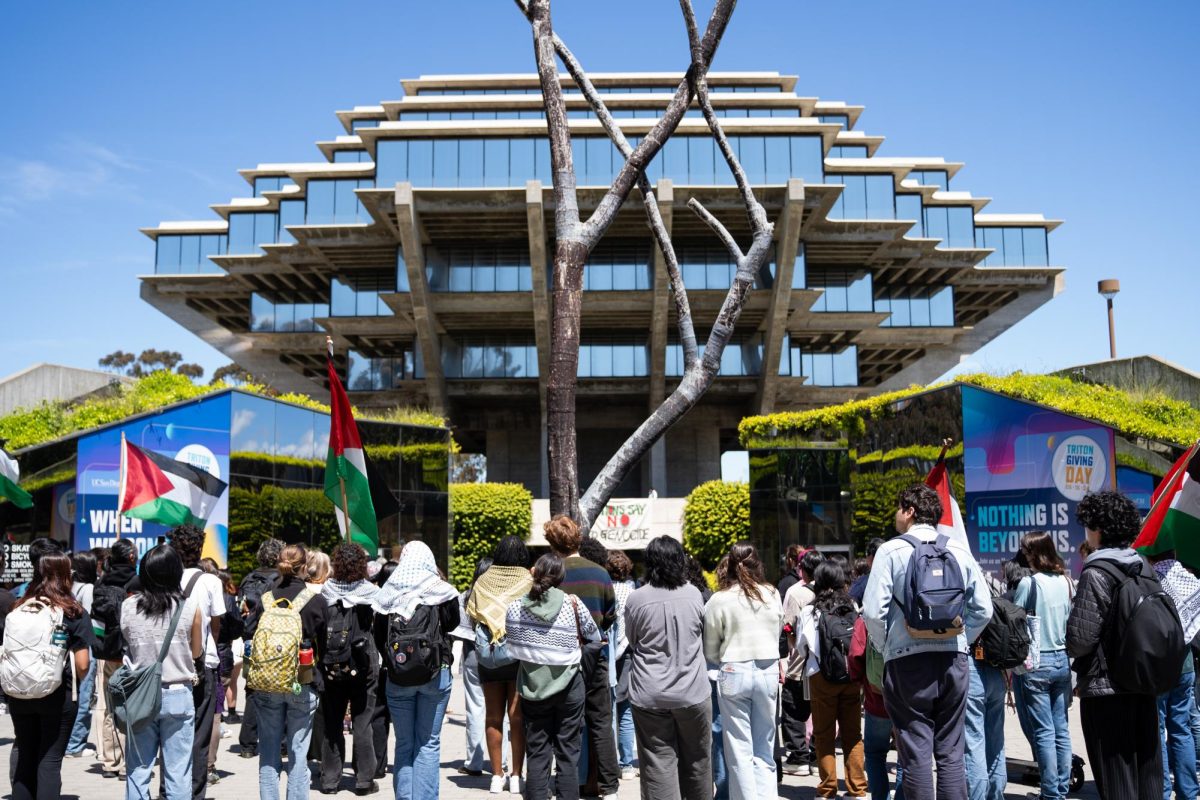Year after year, billions of dollars get poured into California’s drowning prison systems with continually dismal results. The ballooning budgets have failed to significantly curb crime rates, harness recidivism or reduce problematic overcrowding in the prisons.
According to a May 21 article in the San Francisco Chronicle, current budgets for the state’s correctional system are so high and growing so speedily that the state predicts prison-spending will surpass spending on higher education within five years. Currently, the state spends approximately $10 billion on its prisons and $10.5 billion on higher education. Between 2012 and 2013 these figures are estimated to be to $15.4 and $15.3 billion, respectively.
With colleges constantly clamoring for funding and students expressing more struggles with paying for their higher education every year, such dramatically rising levels present a frightening view of the state’s fiscal priorities. Equally worrisome is that, for the most part, California is alone in its exorbitant expenditures to correctional facilities, with no other large state allocating nearly as much to such programs – making a solution all the more imperative.
Thankfully, remedies are not as distant or intangible as legislators might make them seem.
California’s overcrowded prisons, which house about 173,000 inmates, largely result from the state’s steep recidivism rates. Ranked highest in the nation, approximately 70 percent of California prisoners return to jail within three years of their release according to the San Francisco Chronicle article. By creating ways to ensure fewer inmates return to prison, the state would reduce crowding problems and free up money to be spent on more important state programs like higher education.
Research continuously shows that the best method for achieving low recidivism rates is through educational and vocational training within the prison system. Another article in the San Francisco Chronicle on Dec. 26, 2006 reported, however, that while the state allocated $21.1 million for prisoner education last year, enrollment in classes, including vocational training classes, fell significantly from previous years to 21,800 in 2006 from 32,100 in 2001.
Furthermore, teachers and classrooms are scarce and inmates are often unable to attend classes due to lockdowns that frequently occur as a result of prison crowding.
Overhauling and reorganizing the program to prevent obstacles like these would make recidivism efforts not only more efficient but also more effective, and since the benefits are so high the state really cannot afford to not fix the program. The article cited a Washington State Institute for Public Policy study that found “”general education programs reduced the recidivism rate by 7 percent and vocational programs by 9 percent.””
With surplus money free to finance higher education, the state would be able to offer more young people the means to attain an education and secure their futures, all the while reducing social or financial stresses that might otherwise encourage them to resort to crime.
There are, of course, other ways to ebb the overcrowding throughout California’s correctional facilities, such as the more traditional methods for crime reduction. According to a 1998 report by the U.S. Department of Justice on “”Preventing Crime: What Works, What Doesn’t, What’s Promising,”” increased parental involvement in their children’s lives, after-school programs for students and vocational training during secondary school help to reduce crime rates and prevent non-offenders from committing their first offense.
Although implementing such solutions may require extensive organization and collusion among various legislators and prison officials, for now they are the state’s sole hope for ending the useless spending that will – without immediate action – persist indefinitely. Furthermore, they are absolutely necessary if California ever expects its annual budget to be a reflection of its priorities.







